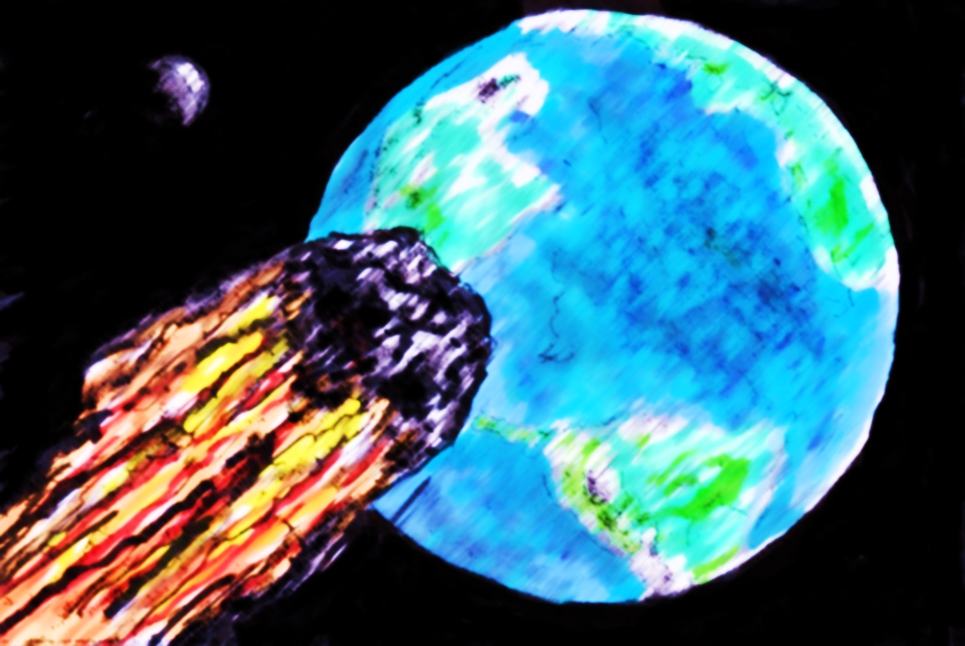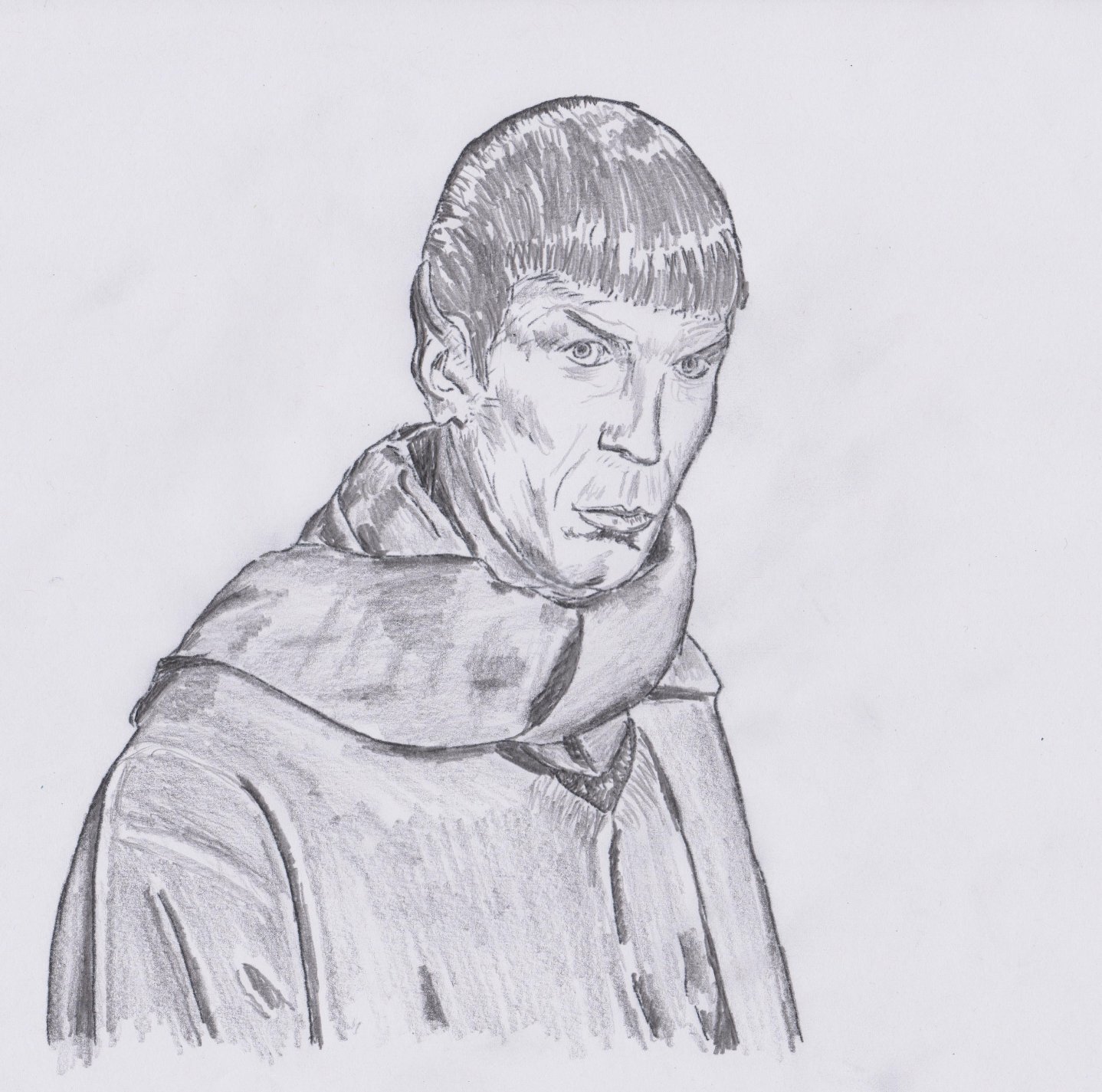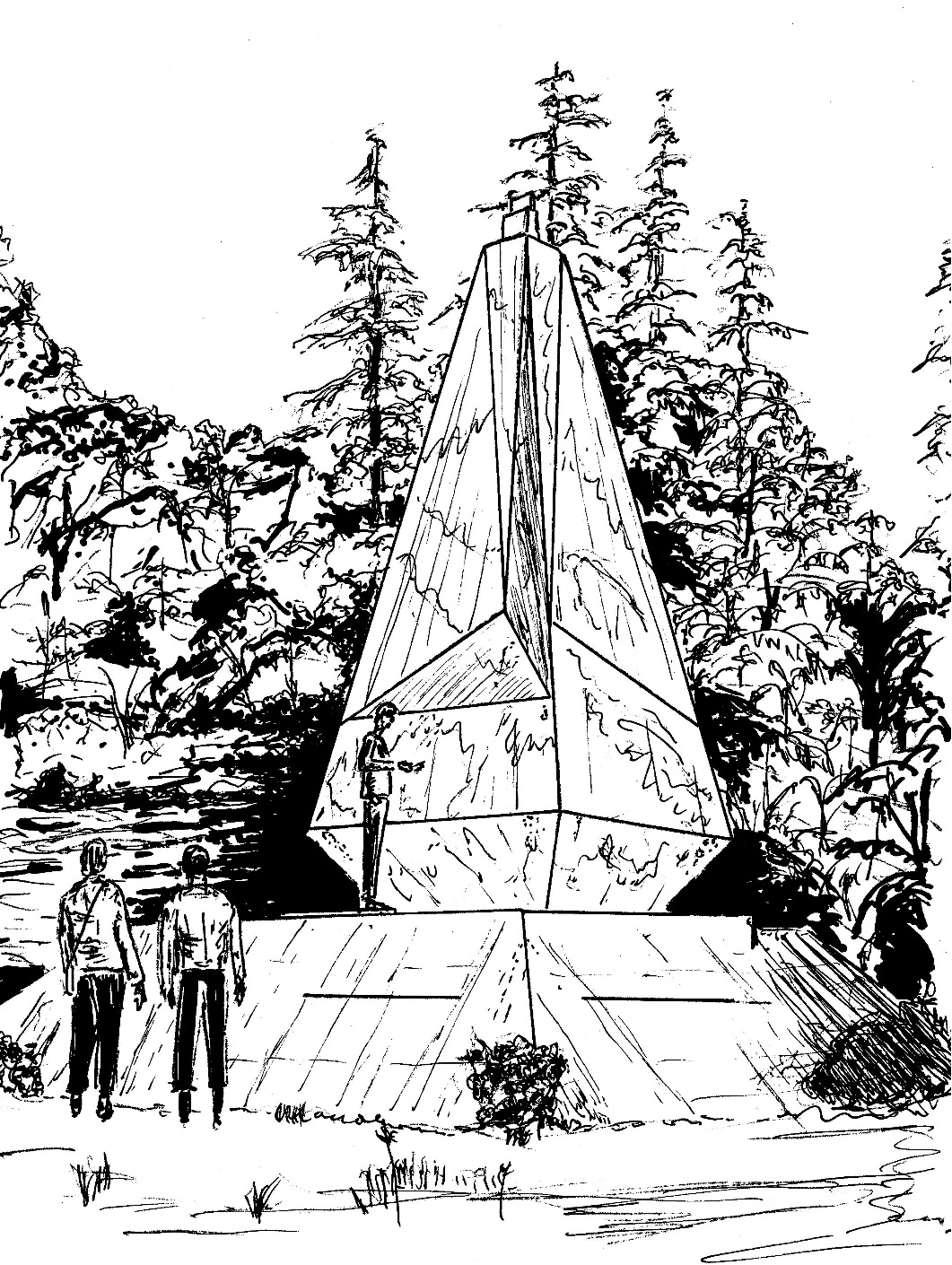Near Earth Objects colliding with the Earth
“Asteroids have us in our sight. The dinosaurs didn't have a space program, so they're not here to talk about this problem. We are, and we have the power to do something about it. I don't want to be the embarrassment of the galaxy, to have had the power to deflect an asteroid, and then not, and end up going extinct.”
- Neil deGrasse Tyson
On 30 June 1908, an explosion ripped through the air above a remote forest in Siberia, near the Podkamennaya Tunguska river. The fireball is believed to have been 50-100m wide. It depleted 2,000 sq. km of the taiga forest in the area, flattening about 80 million trees. Many of those trees are still lying flat now with the power of the explosion being around 200 times that of the Hiroshima atomic bomb and with seismic vibrations being observed as far away as the UK. That’s a pretty big bang, quite enough to completely flatten a city if it had happened to occur in a populated area; apparently in 1908 only around 5 hours separated Helsinki from obliteration. But I don’t think most people know much about the ‘Tunguska Event’. Even now there is some uncertainty as to exactly what caused it, although it is generally believed to have been the result of the collision of an asteroid or comet. While impacts on this scale are rare, thousands of tiny pieces of space rock, or meteorites, hit the ground each year. However, the majority of these events are unpredictable and go unnoticed, as they land in vast swathes of uninhabited forest or in the open waters of the ocean.
Meteors are pieces of rock that enter the atmosphere, with 90% of them burning up, which can be seen as streaks of light (i.e. shooting stars - if you go out on a night when the stars are visible and look for long enough, you will be likely to see one – I saw one last night as a matter of fact) when the rock is the size of a grain of sand, or flashes of light for a somewhat larger rock fragment. I observed one of these myself one night while looking out of a roof window – the flash was quite conspicuous – it made an impression in the darkness of the
night and I posted the event on Twitter. Other slightly larger fragments have caused automobile damage – including the Grimsby meteorite that landed in Ontario, Canada in 2009, breaking the windshield of an SUV, as well as the meteorites that crashed into the back end of a Chevrolet Malibu in Peekskill, New York, in 1992. No one was injured during these events. Unfortunately, this cannot be said about the Chelyabinsk meteorite, which comprised an asteroid the size of a six-story building that entered Earth's atmosphere in February 2013 over Russia. It broke apart 24 km above the ground and generated a shock wave equivalent to a 500-kiloton TNT explosion, injuring 1,600 people. These events have convinced many people that rocks falling from space are in fact a real and considerable threat to humanity. One approach for addressing the threat is to keep a look out for Near-Earth objects (NEOs), which are defined as asteroids or comets of sizes ranging from metres to tens of kilometres, that orbit the Sun and whose orbits can bring them into the vicinity of Earth. Of the more than 600,000 known asteroids in our Solar System, over 20,000 are NEOs. That represents quite a lot of space debris that is whizzing around our solar system which could, at some point, come our way.

Tens of thousands of Near Earth Objects (NEOs) are constantly tracked by NASA scientists to ensure that they don’t collide with our planet. (Illustration by the author.)
Although NASA doesn’t believe that any of the NEOs it is currently tracking are on a collision course with our planet, in the future NEOs could potentially hit Earth and, depending on their size, produce considerable damage. While the chance of a large object hitting us is very small, it would produce a great deal of destruction. NEOs thus merit active detection and tracking efforts. Consequently, the European Space Agency has set up something called ‘NEO Segment’, which aims to: ‘map the current and future position of NEOs relative to Earth, estimate the likelihood of Earth impacts, assess the consequences of any possible impact and develop NEO deflection methods’. (They are getting their data from the Minor Planet Center in the USA, which is keeping a close eye on the trajectories of asteroids and comets in our solar system).
What really interests me is the idea of developing NEO deflection methods – since there is limited value in knowing a big rock is coming towards you unless you can do something about it (other
than trying to rush away from its expected impact point). This is also, ironically, the aspect of all this which is currently under-developed. It is true that the US Jet Propulsion Laboratory has undertaken some theoretical work, entitled ‘NASA/JPL NEO Deflection App’, which studies how NEOs could be deflected from an Earth-bound trajectory; but at the moment there does seem to be rather a shortage of detail on practical ways of meeting this threat. So, we need a device that can defend us from approaching asteroids.
It seems that Gene Roddenberry (with a bit of help from Margaret Armen and Arthur H. Singer), also had a contribution in this area. In the Star Trek
episode, ‘The Paradise Syndrome’, Kirk, Spock, and McCoy come across an obelisk with strange markings on it. It is an asteroid deflector built by ‘The Preservers’ - an ancient race that resettled various endangered humanoid populations on other planets in order to ensure their survival.
In this episode Kirk loses his memory and gets romantically involved with a native (called Miramanee) on a planet threatened by an approaching asteroid. This is how the episode ends: As the asteroid nears the planet, the sky darkens, thunder roars, and strong winds blow, while the elders tell Kirk he must go into the temple to stop the storm. As Kirk pounds fruitlessly on the side of the obelisk, the tribe turns against him, stoning him and Miramanee. Spock and McCoy materialize, frightening the villagers away. Spock uses a mind meld to retrieve Kirk's memories, while McCoy tends to Miramanee's wounds. Kirk is able to open the trap door and Spock activates the deflector with minutes to spare. McCoy tells Kirk that Miramanee will not survive. Good stuff! Asteroid deflector technology, native culture, romantic storyline, and Greek tragedy; what else could you ask for?
One way to build an asteroid deflector might be to apply a force to the rock by creating an explosion nearby from, say, an H bomb, thereby pushing it off course. We would have to do this as far away from us as possible, so that collision avoidance could result from a small change in the angle of the asteroid’s trajectory (which, for massive asteroids might be all that we could potentially achieve). Perhaps launching and transporting the H bomb to the needed
location would be a good application for the mass accelerator discussed earlier.
The obelisk with strange markings on it, which is an asteroid deflector built by ‘The Preservers’ in the
Star Trek
episode ‘The
Paradise Syndrome’. (Pen and ink drawing by the author.)
In any case, it seems that in utilising the H bomb in this way we would have finally found a possible positive application for a device that up to now was thought to be unusable except in the case of Armageddon.
In order to determine the urgency with which an asteroid defence system should be installed, it is worth looking at the frequency with which impacts occur. Monitoring of Earth's atmosphere through infrasound and satellite observation over the last 60 years indicates that asteroid impacts with energies comparable to those of nuclear weapons routinely occur, although Tunguska-sized events, on the order of tens of megatons of TNT, are much rarer. Impacts on the order of tens of kilotons are estimated to occur annually, with Tunguska-sized events occurring about once every 100 to 300 years. The conclusion of all this is, I fear, that it is only a matter of time before we find a substantial asteroid on a trajectory towards a populated area – which convinces me that following the example of The Preservers is not a bad idea.

Mr Spock, as played by Leonard Nimoy. Spock was said to be half Vulcan and half Human, but called himself Vulcan; which meant that, although he felt emotions, displaying them in his behaviour or speech was considered poor taste (this is rather like being British, if you ask me). (Drawing by the author.
)



